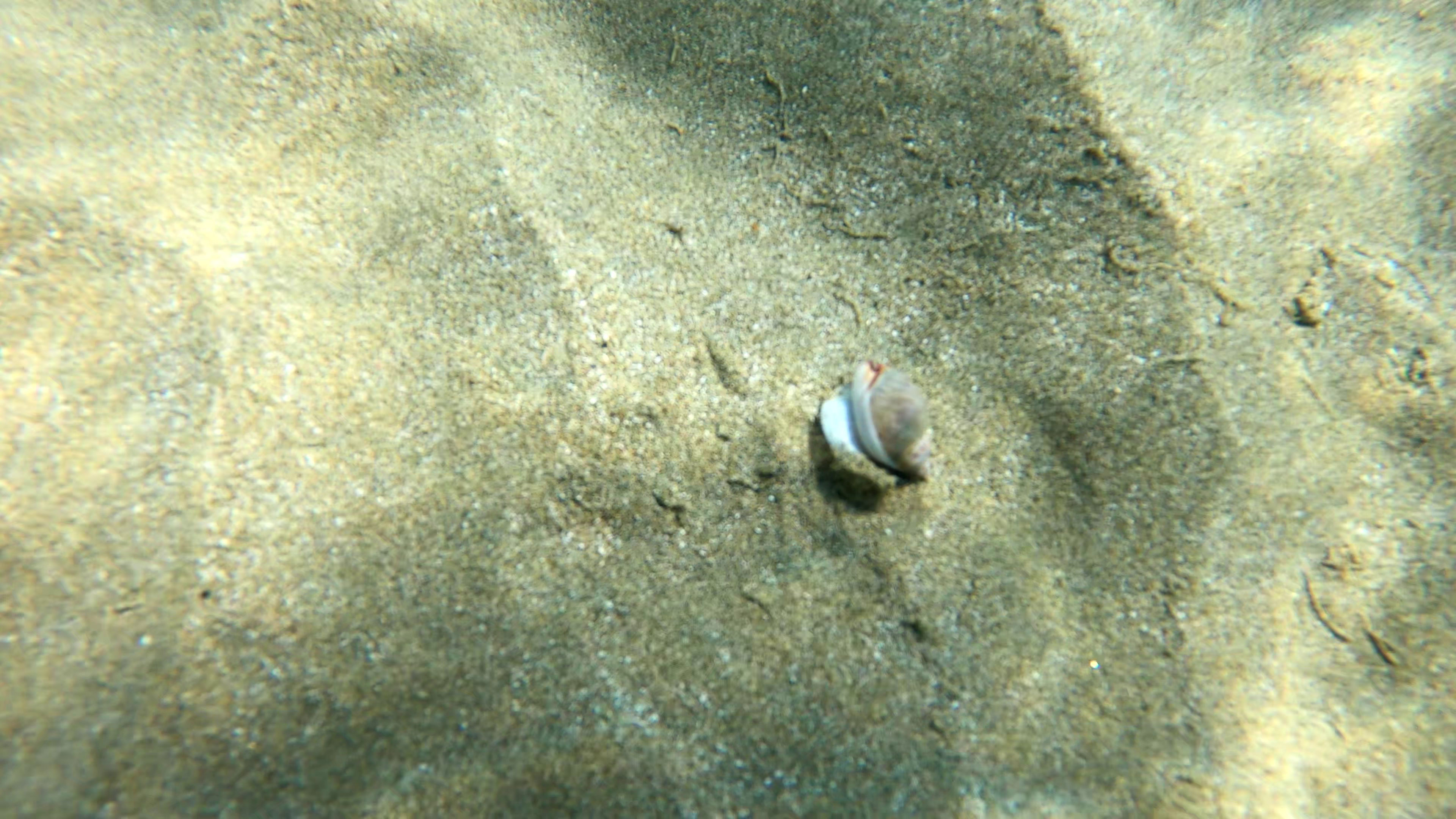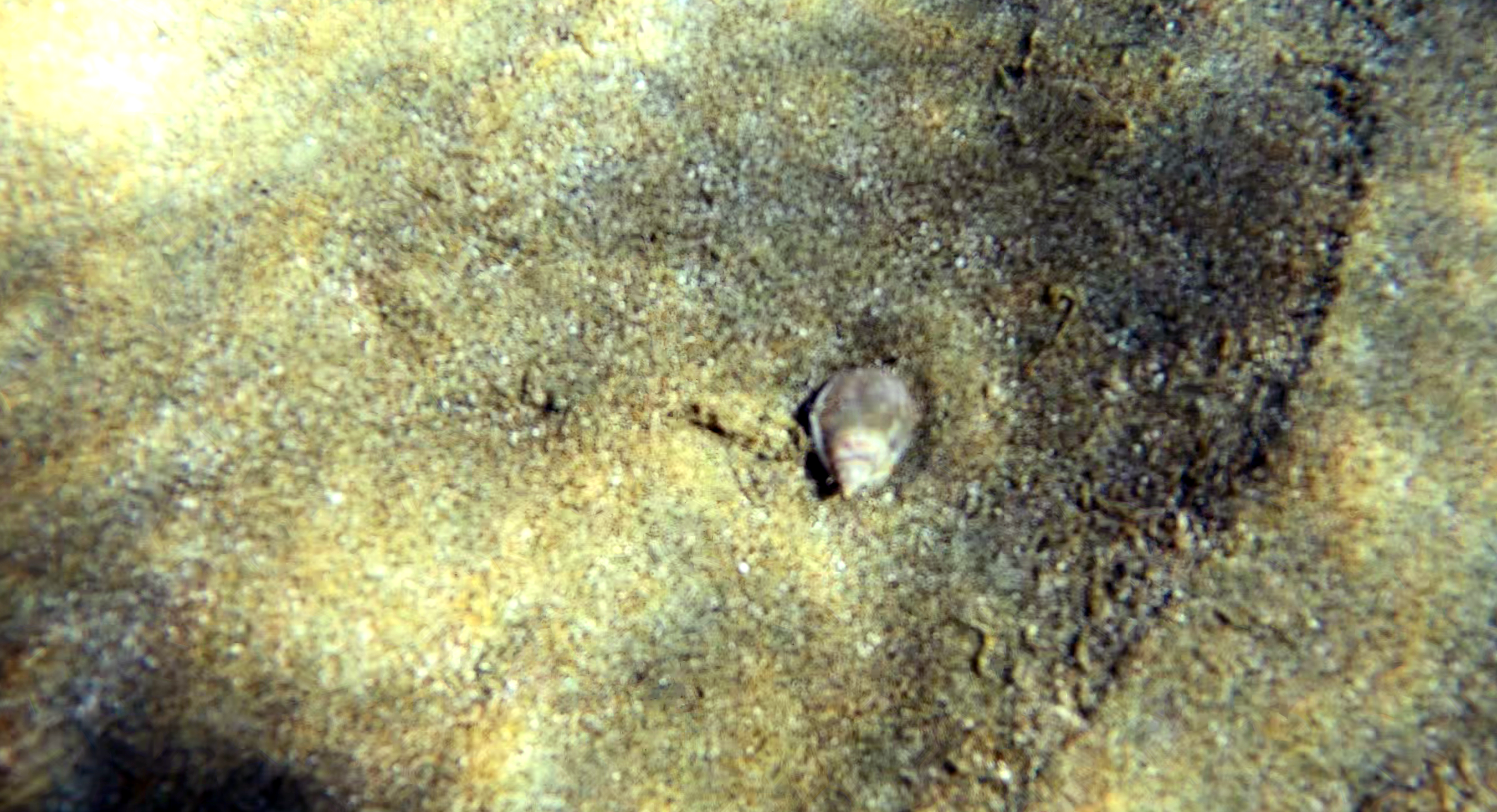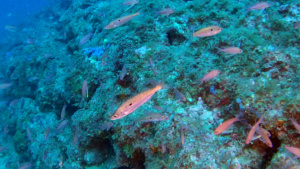Phalium glaucum, common name the grey bonnet or glaucus bonnet, is a species of large sea snail, a marine gastropod mollusk in the family Cassidae, the helmet snails and bonnet snails. This species lives on sandy bottoms with seagrass meadows, in intertidal and shallow subtidal areas to a depth of about 10 m. Shell of Phalium glaucum can reach a length of 60-147 millimetres. These shells are helmet shaped with a large body whorl and tiny spires. The surface of shell is smooth and uniformly greyish or pale brown. The molluscs have a white body and a large yellowish or whitish foot which is edged in reddish brown. The operculum is bright yellow and fan-shaped. Usually this sea snail buries itself in the sandy areas with the long siphon sticking out. conchiglia phalium glaucum

Phalium glaucum seashell Conchiglia Phalium glaucum www.intotheblue.it
The Cassidae are a taxonomic family of medium-sized, large, and sometimes very large sea snails commonly called helmet snails or bonnet snails. These are marine gastropod mollusks in the superfamily Tonnoidea and the clade Littorinimorpha. About 60 species comprise the family Cassidae; an example is Cypraecassis rufa. Species of this family occur in tropical and temperate seas from the intertidal zone to depths of 100 m, buried in the sand during the day and becoming active at night. Members of this family are shaped rather like bonnets or helmets, as their common name suggests. The shells are large, thick, subglobular with dextrally coiled, sometimes varicose, whorls, and a short spire. The coiling may be trochospiral or convoluted. The shells of many species have great variability, which has led to many misidentifications, resulting in many synonyms.

Phalium glaucum seashell Conchiglia Phalium glaucum www.intotheblue.it
Many species have a large and solid shield over the parietal body or beside the thick, plicated columella. Many species show blunt knobs and thickened axial ridges, known as varices. The thin, horny operculum is oval in shape and covers a long aperture. The siphonal canal is straight or slightly curved. The outer lip is somewhat thicker at its margin and toothed on the inside. These snails have a large mantle and a large, muscular foot. Their large head has an extensible snout. The eyes are at the base of the single pair of tentacles. Helmet bonnets prey on echinoderms (especially sea urchins), starting by gripping them using the foot. The snail then makes a hole in the urchin through the combined action of a secretion which is rich in sulfuric acid and by rasping with their radula. The acid secretion is provided by two large proboscis glands.
(extract from Wikipedia)
 English
English Italiano
Italiano



